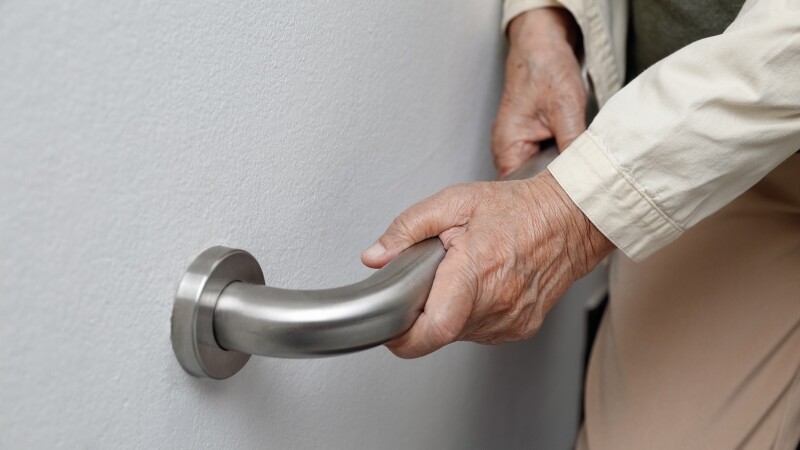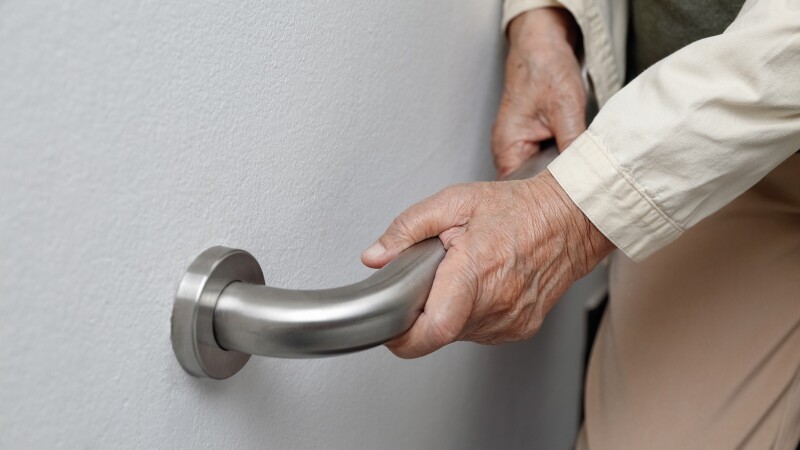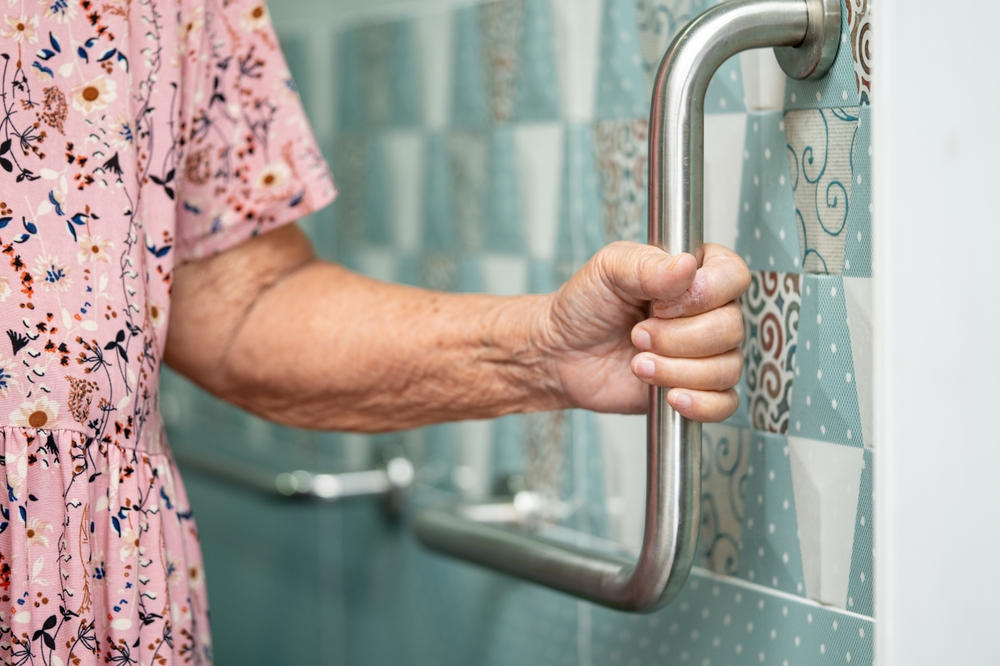Creating a home that is wheelchair accessible is essential for ensuring the safety and comfort of individuals who rely on wheelchairs for mobility. Whether you are a family caregiver or someone planning for future needs, understanding how to make your home more accessible can greatly enhance the quality of life. In this article, we will explore various wheelchair accessible home modifications that can transform any living space into a more inclusive environment.

Understanding the Need for Accessibility
Accessibility is not just a consideration for the elderly or those with disabilities; it is a universal requirement that benefits everyone. By implementing wheelchair accessible home modifications, homes become safer and more convenient for all residents. These changes not only promote independence but also ensure a welcoming environment for visitors with mobility challenges.
Key Modifications for Wheelchair Accessibility
1. Entryway Adjustments
The first step in creating an accessible home is to modify entryways. This includes installing ramps or lifts to eliminate steps and ensure smooth transitions. Widening doorways to at least 36 inches can accommodate most wheelchairs, making it easier for users to move in and out without difficulty.
2. Interior Door Modifications
Inside the home, consider the ease with which a person using a wheelchair can navigate through doorways. Lever-style door handles are preferable to knobs, as they are easier to operate. Additionally, removing thresholds or lowering them to less than half an inch can prevent tripping hazards.
3. Bathroom Accessibility
The bathroom is a critical area for accessibility. Installing grab bars around the toilet and in the shower or bath can provide essential support. A roll-in shower with a handheld showerhead and a bench is ideal for wheelchair users. Also, ensure sink heights are appropriate for seated use.
4. Kitchen Adjustments
In the kitchen, lower countertops and sinks to wheelchair height to facilitate easier use. Installing pull-out shelves and drawers can make storage more accessible. Lever handles on faucets and appliances add to the ease of use.
5. Living Room Modifications
Arrange furniture to allow clear pathways and ensure that switches and controls are within reach of someone in a wheelchair. Consider installing smart home systems that can be controlled by voice or remote, further enhancing independence and convenience. For more on incorporating technology, check out our article on Alexa for Elderly.
Outdoor Accessibility Improvements
Outdoor spaces should not be overlooked when making wheelchair accessible modifications. Paved pathways, ramped entrances, and accessible gardens can provide enjoyment and ease of movement outside the home.
1. Garage and Parking
Ensure that garages and parking spaces are wide enough to accommodate a wheelchair. Installing a ramp from the garage to the house can facilitate smooth entry and exit.
2. Garden Paths
Creating level and wide garden paths can allow wheelchair users to enjoy outdoor spaces. Raised garden beds can also offer an opportunity for gardening from a seated position.
Leveraging Technology for Accessibility
Technology plays a vital role in enhancing home accessibility. Voice-activated devices can control lighting, temperature, and security systems, making daily tasks more manageable for wheelchair users. For more information, you might consider reading about Voice Activated Devices.
Financial Assistance for Home Modifications
Modifying a home for accessibility can be costly, but financial assistance is available through various programs and grants. Research local and national resources that offer support for home modifications.
Conclusion
Implementing wheelchair accessible home modifications can significantly impact the quality of life for individuals with mobility challenges. By making thoughtful changes, you can create a safer, more inclusive environment that promotes independence and comfort for everyone. For further reading on home safety, visit this external guide.

FAQ
What is the most important factor in making a home wheelchair accessible?
The most crucial factor is ensuring that all entryways and pathways are wide enough and free of obstacles to accommodate a wheelchair.
Are there any tax incentives for making a home wheelchair accessible?
Yes, some regions offer tax credits or deductions for home modifications that improve accessibility for individuals with disabilities.
How can technology aid in home accessibility?
Technology such as voice-activated devices and smart home systems can greatly enhance accessibility by allowing users to control various functions remotely or through voice commands.
This article contains affiliate links. We may earn a commission at no extra cost to you.






